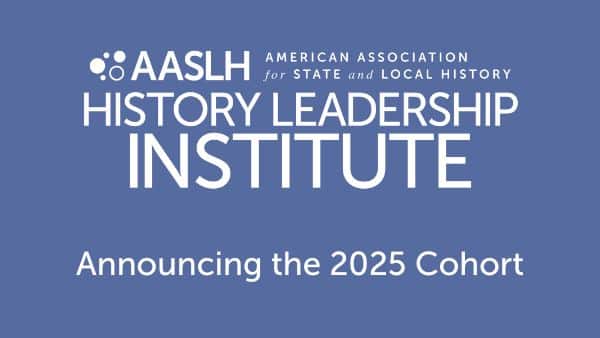Knowing what the artifact is essential to everything your institution does with that artifact. Without a correct identification how can one accession, catalog and interpret the artifact?
Accessioning and cataloging an artifact incorrectly can cause all kinds of problems down the road. Perhaps the artifact was original cataloged as a valuable Confederate sword because that is what the donor was told by his father. Later it is discovered to be a World War Japanese cavalry saber.
 I think everyone that has been in our profession for a while has had the experience of a visitor telling you your label is incorrect. Usually these self-proclaimed experts are wrong, but it is not a pleasant feeling to be proven wrong by someone that does know and can prove it.
I think everyone that has been in our profession for a while has had the experience of a visitor telling you your label is incorrect. Usually these self-proclaimed experts are wrong, but it is not a pleasant feeling to be proven wrong by someone that does know and can prove it.
Identification is sometimes risky, for example: one has two Korean War carbines, which appear to be identical. However, one is legal to posses, the other illegal without a special license. Identification can also be dangerous; a surprising number of soldiers brought home live grenades and other items which if not handled correctly can kill.
During the AASLH Collections Camp: Military History workshop in June in Oklahoma City, we will discuss the resources available to ensure that you obtain a correct identification of your military artifact. These resources include books, journals, websites, museums, collector’s organizations and local authorities. How does one check these resources to determine if the information is accurate? We will look at different methods to “vet” the reliability of the available resources. Here is a great resource on identification from the Army Museum System.
The variety of military artifacts, both U.S. and foreign can be staggering. Our goal is to make sure all the workshop participants know the resources and how to make the best use of them.
Gordon Blaker is the Curator/Director of the U.S. Army Artillery Museum in Ft. Sill, OK, and is the chair of the AASLH Military History Committee.



